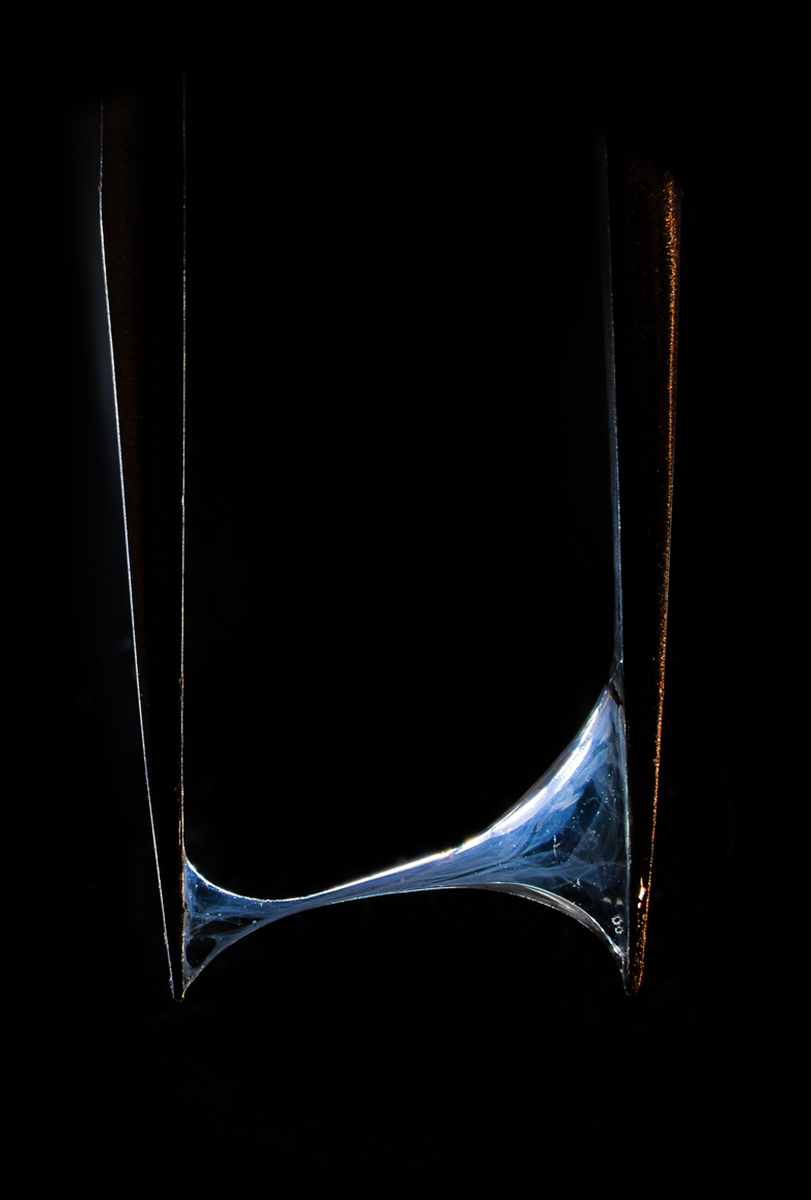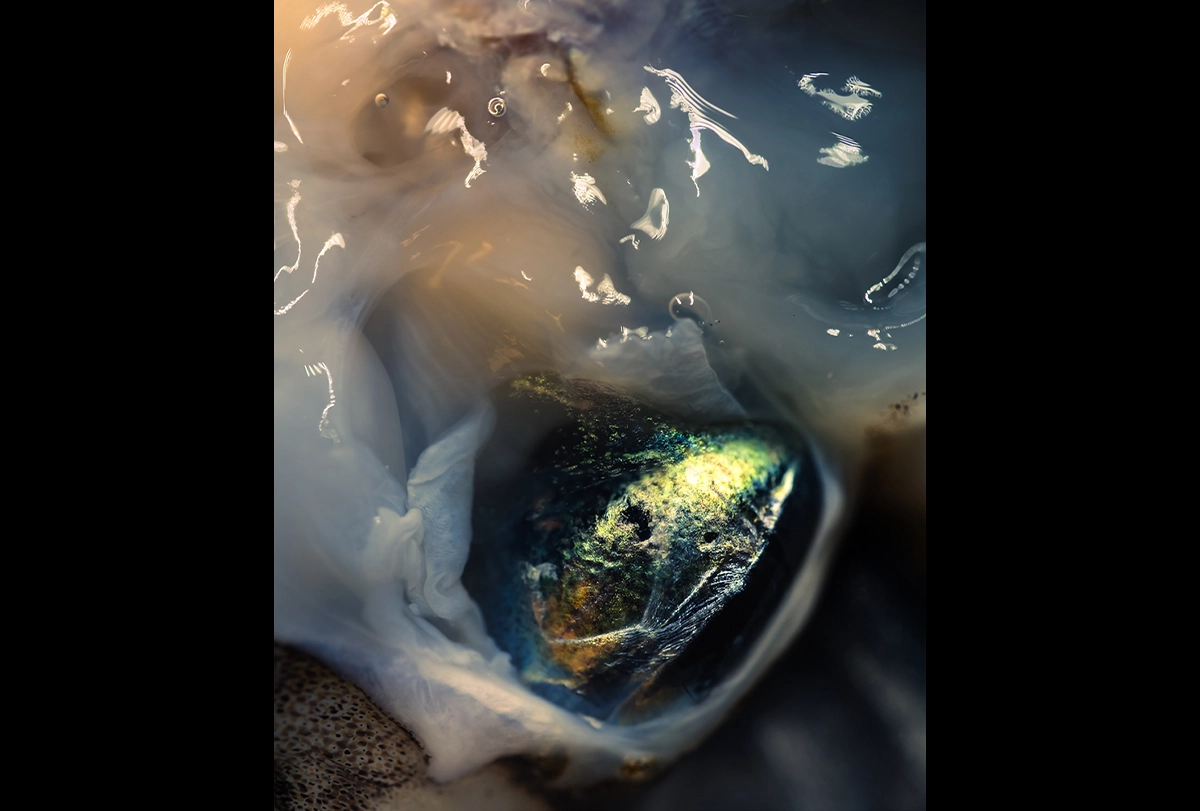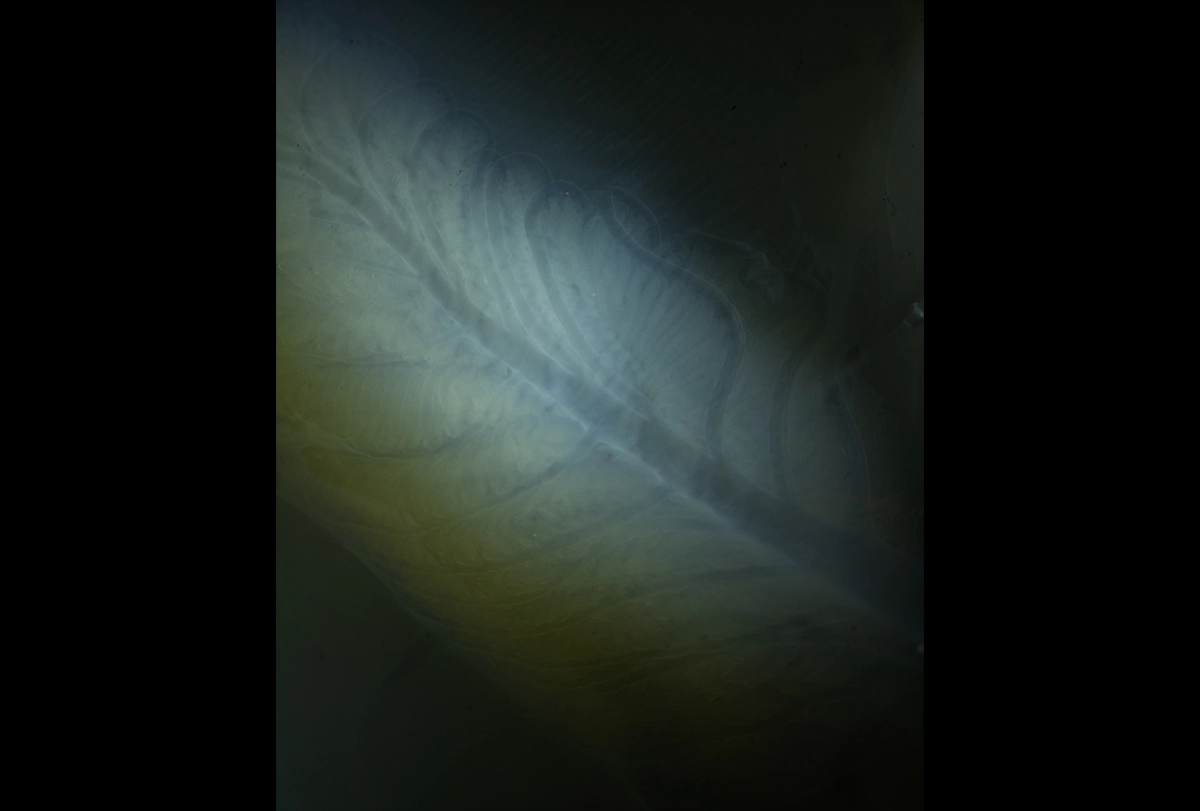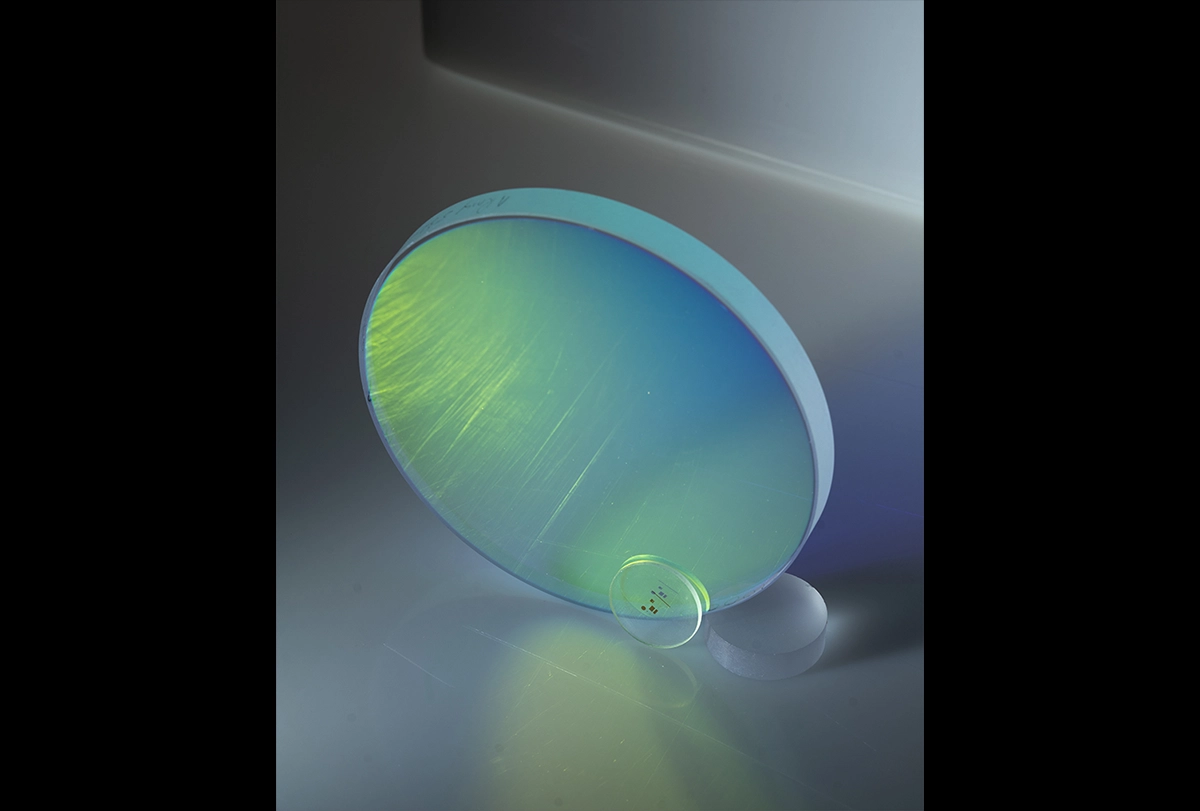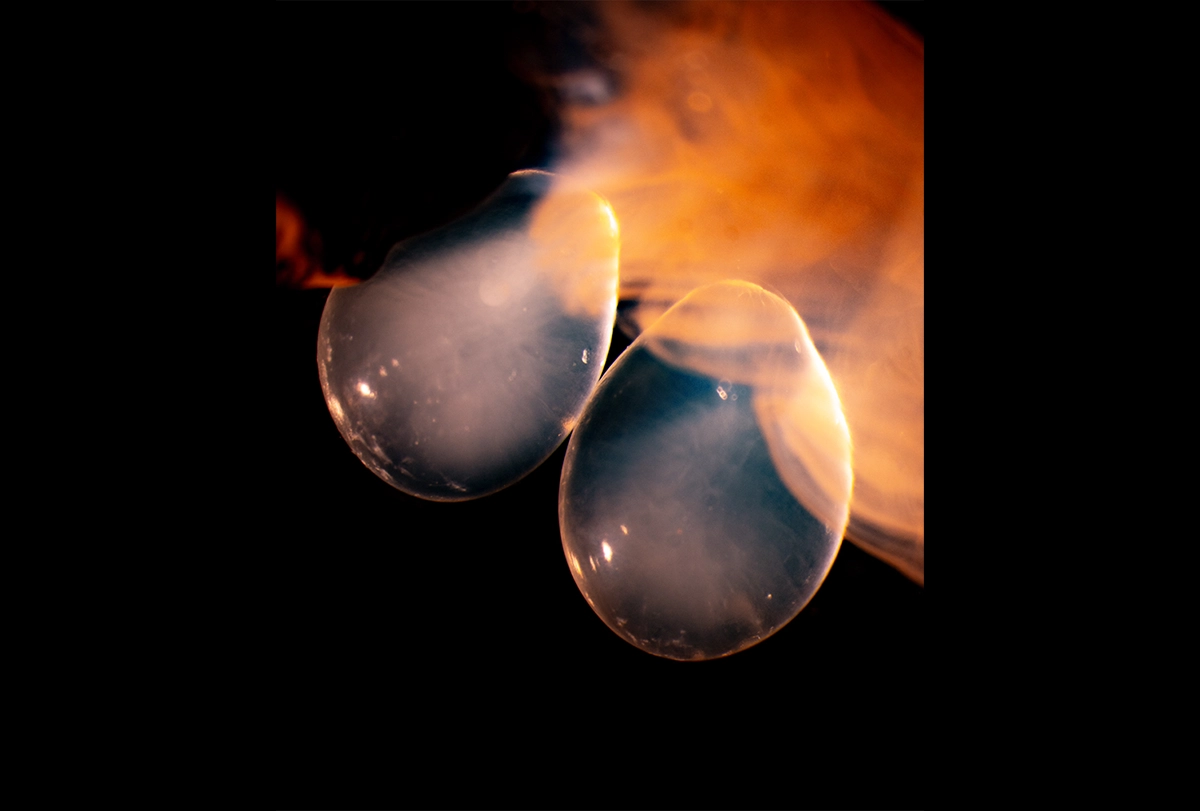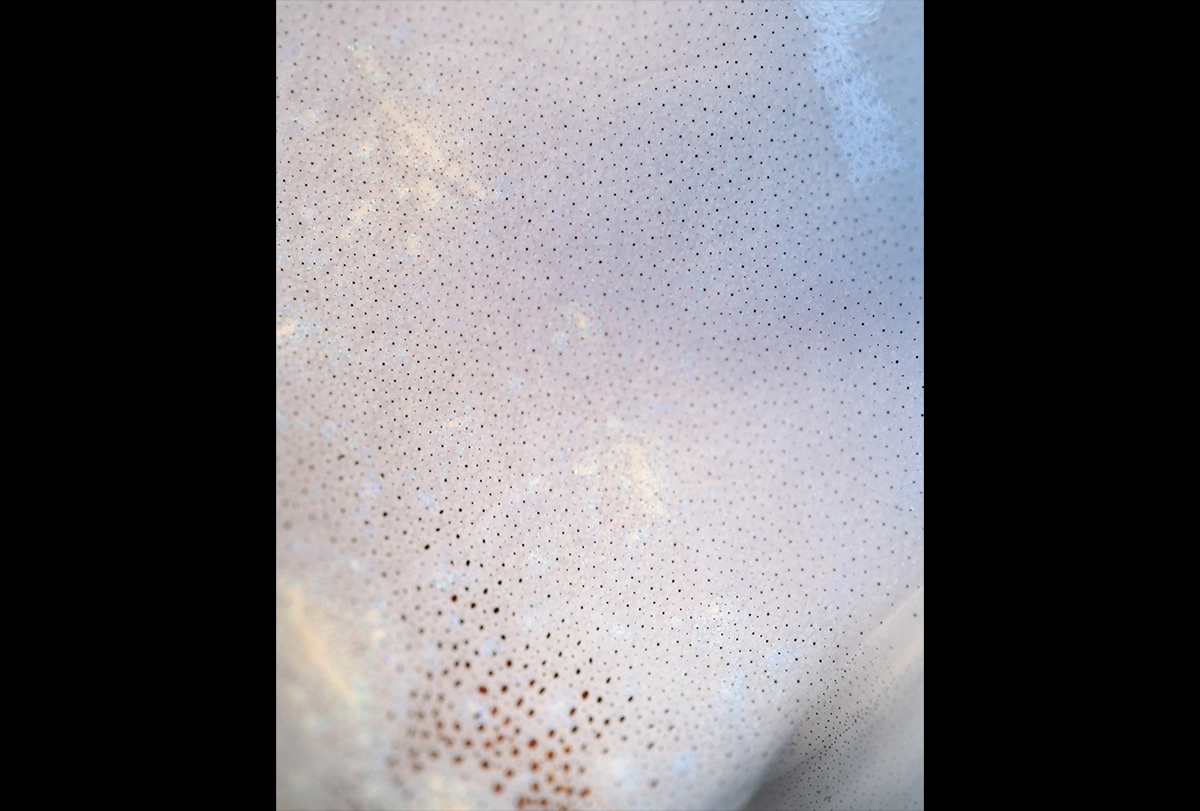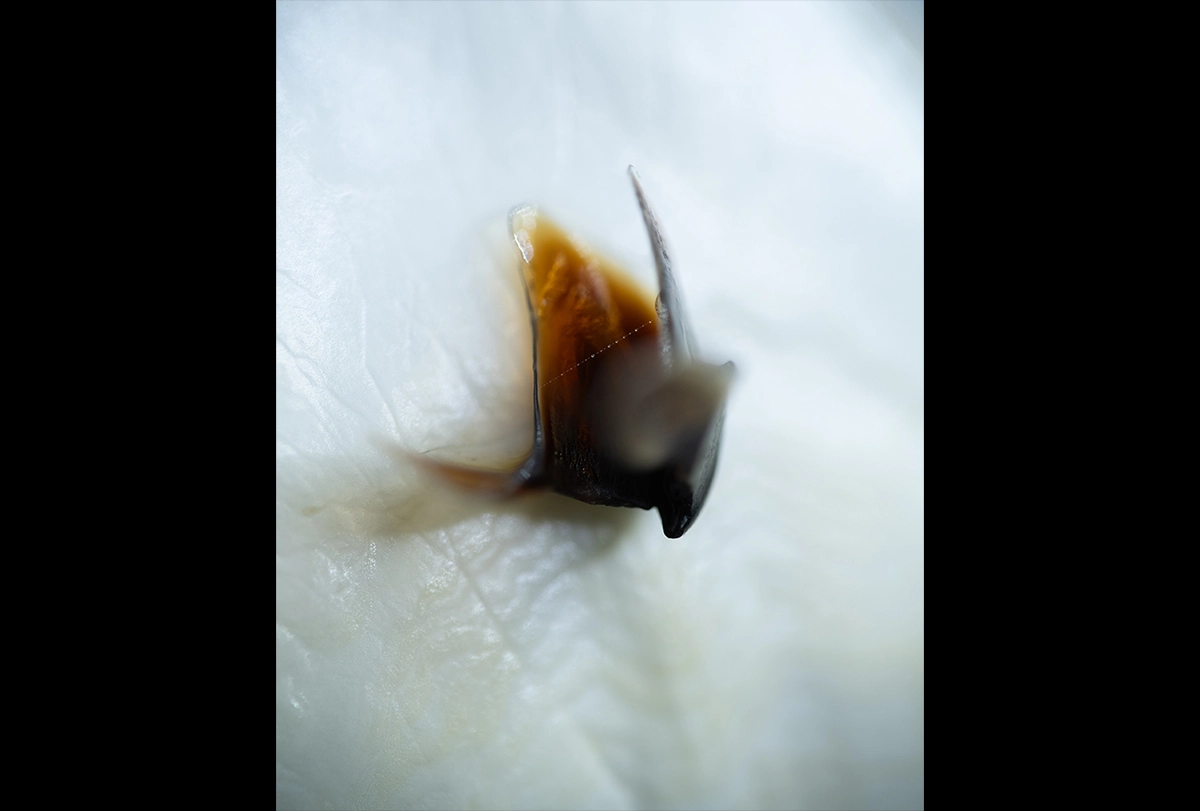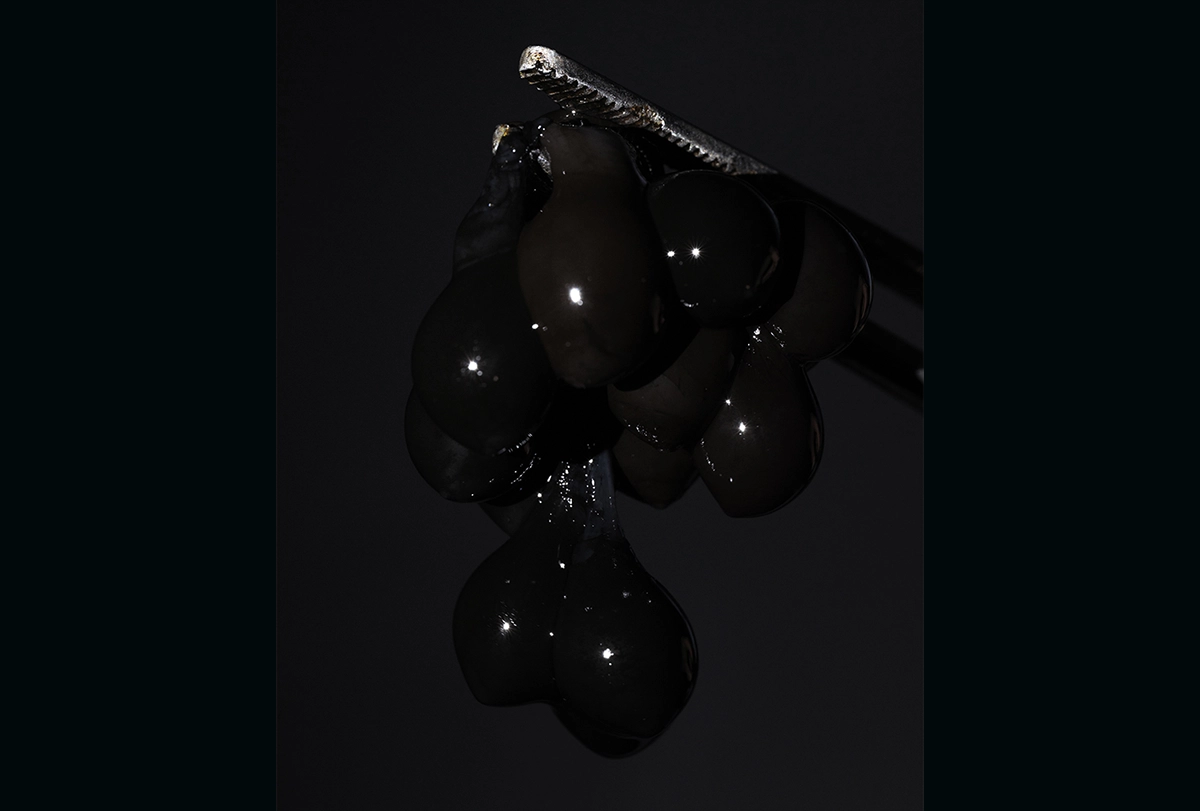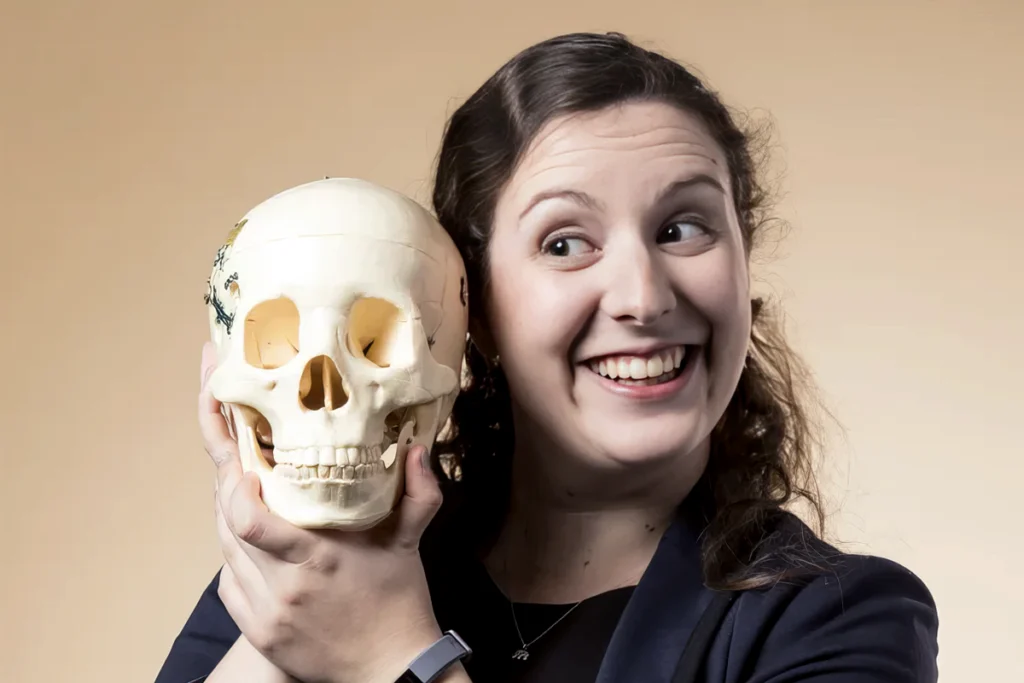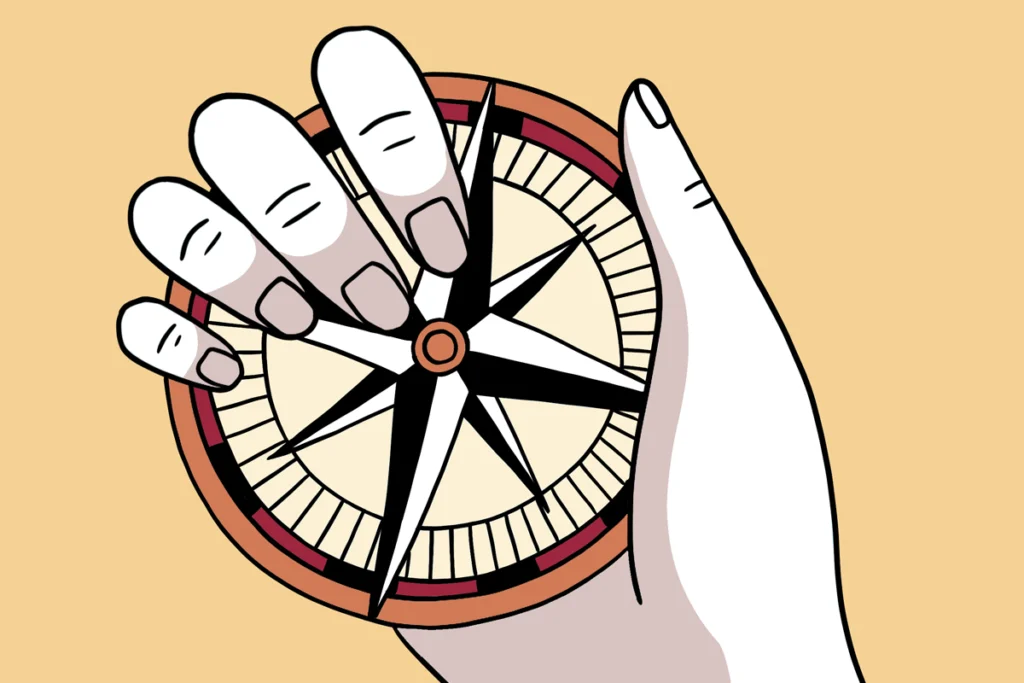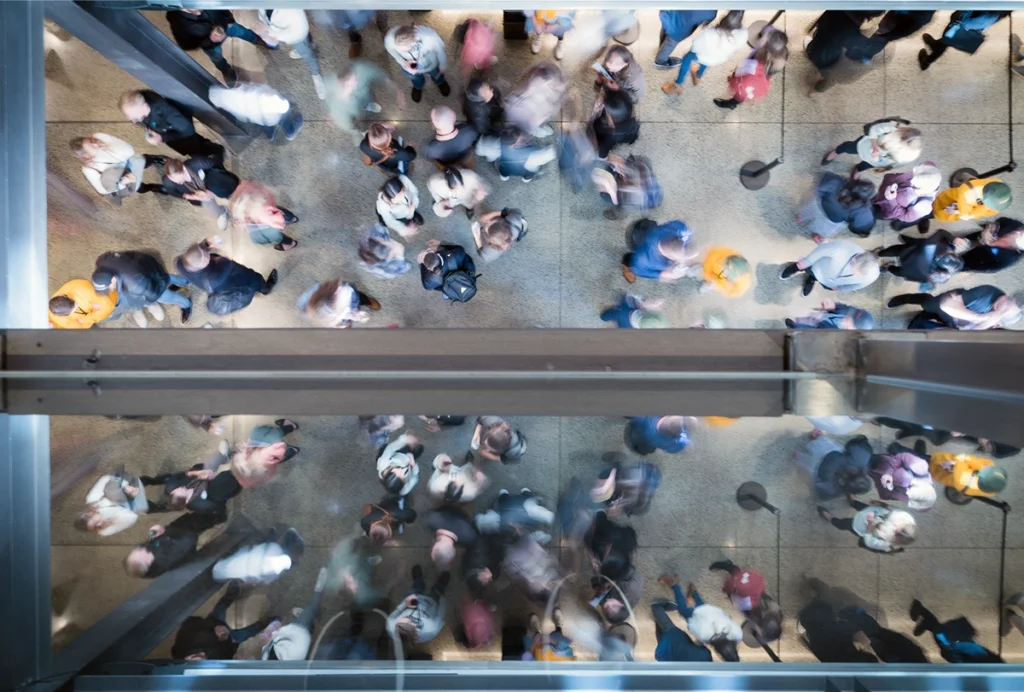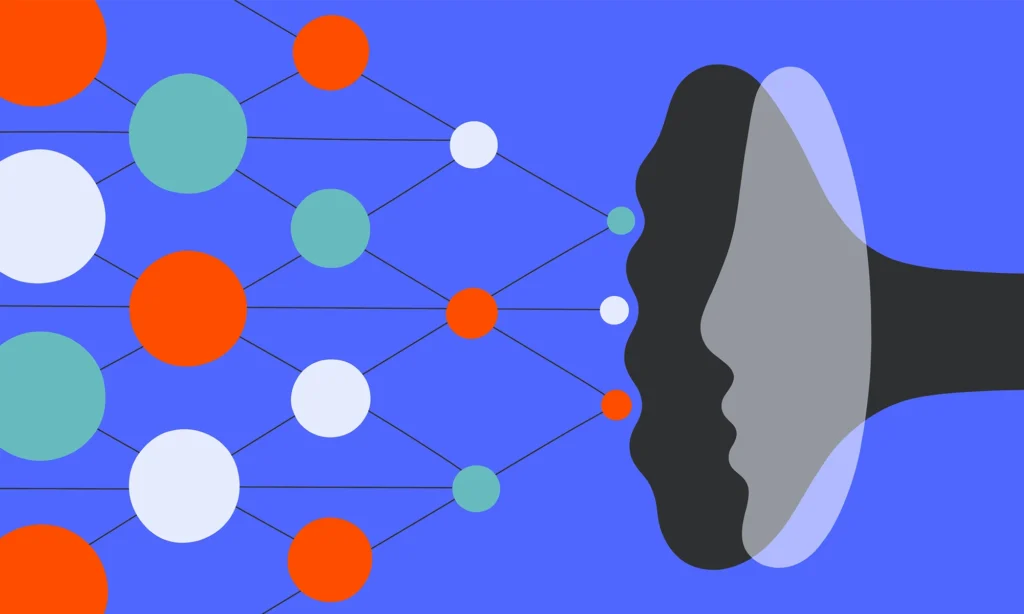Thomas Barlow is a doctoral student with a talent for art and science — and over the past two years he has honed his skills in both areas while working in Richard Axel’s lab at Columbia University. Barlow focuses his research and his camera lens on understanding the neural basis of camouflage in cuttlefish.
“Ultimately, the goal is to learn universal principles about how brains process visual information,” he says. Barlow took a moment last month to discuss his twin interests with The Transmitter.
This interview has been edited for length and clarity.
The Transmitter: What is your goal for your “chromatophore series” of images?
Thomas Barlow: I’m developing an interest in photographing laboratories and science spaces. I think that these are really important spaces for society. Science and technology are foundational to modern life. And they’re also spaces that are so invisible to the public. Research laboratories are exclusionary by design. They’re generally behind closed doors, and I think that most people have a very poor idea of what it means to be a scientist or what scientists do. So part of my goal is to illuminate these spaces where humans are interfacing with the natural world and learning about these natural systems.
I think it’s conceptually interesting and important — in basic research in neuroscience, and for this photo series in particular — that the concepts are about vision and perception. I also find laboratory spaces so irresistible. You have this interface of technology and the organic: You get these beautiful contrasts like the hard and the soft, the wet and the dry, the pixel and the fractal. And sometimes that can be dissonant and ugly, but there are ways of showing those contrasts in a way that communicates something larger about the process of scientific inquiry.
TT: How does your role as a researcher influence your photography, aside from providing you with subjects and materials?
TB: I think that I just work very hard. Not more than other grad students — being a Ph.D. student is notoriously challenging. But a skill that I’ve learned is to do these things even when they’re hard, whenever the opportunities arise. For some of the cuttlefish photographs, many of them were taken late at night after a hard day of experiments — maybe you just did a long surgery, and you’re shaking, and your eyes are blurry, and you just want to go home. You just have to push through that. An important lesson that artists learn is that you can’t wait until the conditions are right. You can’t wait until you have the perfect moment of inspiration. You just have to put in the work.
